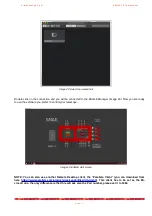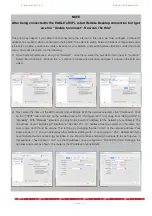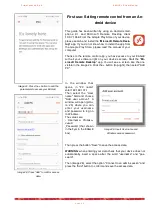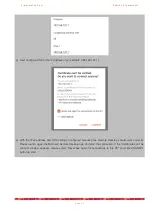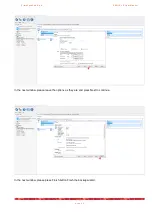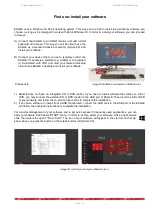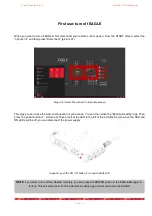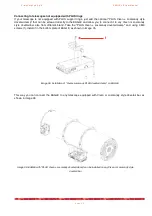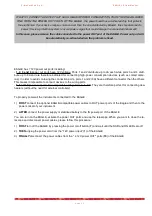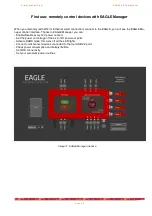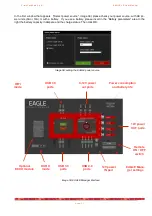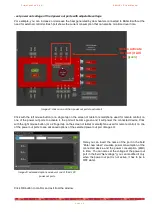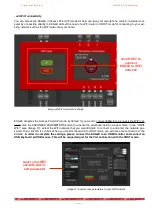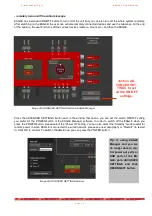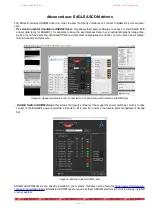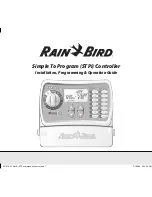
P r i m a L u c e L a b S . p . A .
E A G L E L E U s e r M a n u a l
First use: installing EAGLE on the telescope
EAGLE has been designed entirely with SolidEdge three-dimensional design software to offer the best modularity
with the PLUS elements (rings, dovetail plates or clamps) and/or any brand telescopes. EAGLE may be positioned
between support and guide rings, connected to a Vixen or Losmandy style dovetail bar through the appropriate op-
tional clamp or, in case of telescopes with long dovetail bars, it can be screwed on the PLUS Vixen or Losmandy
dovetail bar and fixed over PLUS support rings. Let’s explore the various possible configurations, depending on the
telescope EAGLE has to be installed on, using both other PLUS elements and different instruments.
Connecting to telescopes with PLUS support rings and support rings spaced up to 12cm.
When using compact refractor telescopes, the distance of the support rings is set by the PLUS Vixen or Losmandy
style dovetail clamp installed with the telescope. In this case , the EAGLE can be installed directly above the sup-
port ring, as if it were a dovetail bar (image 33). Thanks to the M5 threaded holes present in the upper part of the
EAGLE, you can install in parallel the PLUS guide rings and a guide scope (note: the guide scope must not ex-
ceed 5 kg in weight to avoid flexure).
p a g e 3 1
b
a
Image 33: installation of EAGLE between imaging and guide telescope
CAUTION:
in order to connect EAGLE to other mechanical PLUS elements please
avoid to use too long screws that may touch the internal electronics of the EAGLE.
THE
THREADED PART OF THE SCREW THAT EXIT FROM THE ELEMENT (ring, bar or
clamp) TO BE CONNECTED TO THE EAGLE HAS TO BE NO LONGER THAN 6mm
.
If any of the screws touches the internal elements of EAGLE, this could lead to breaka-
ge or malfunction.

